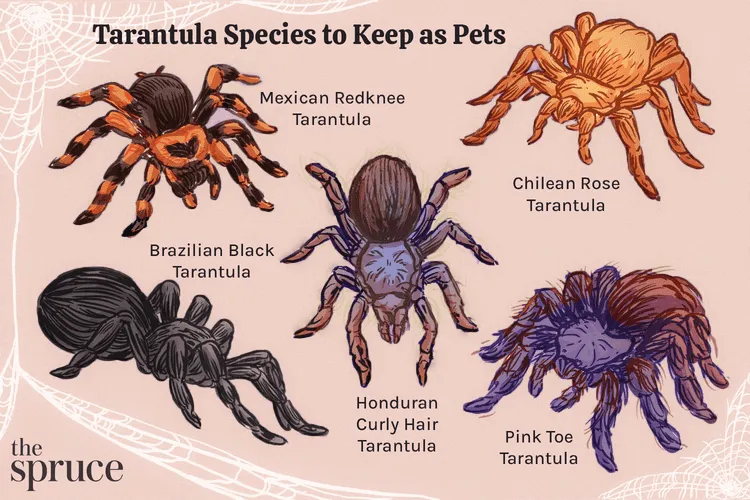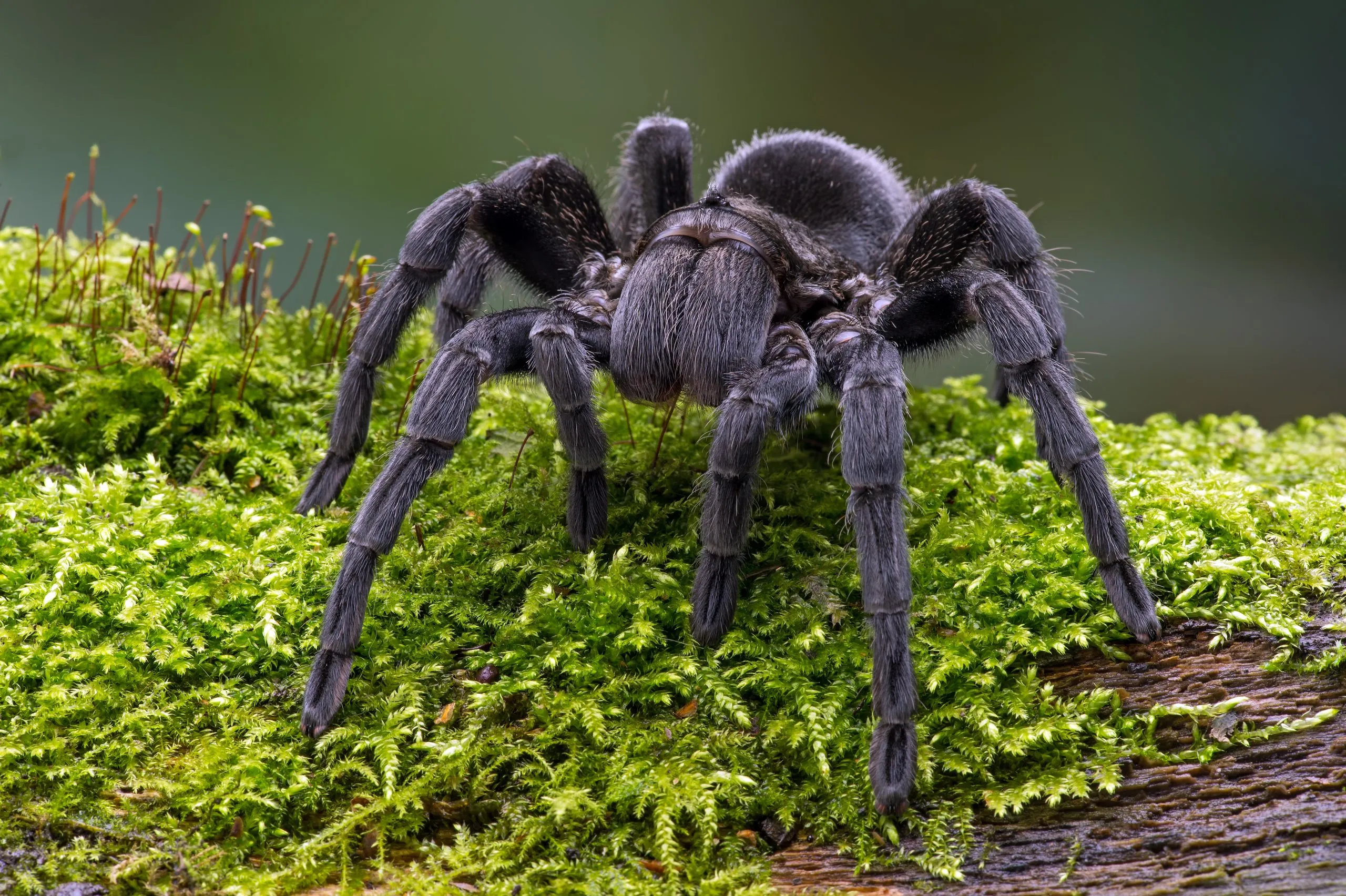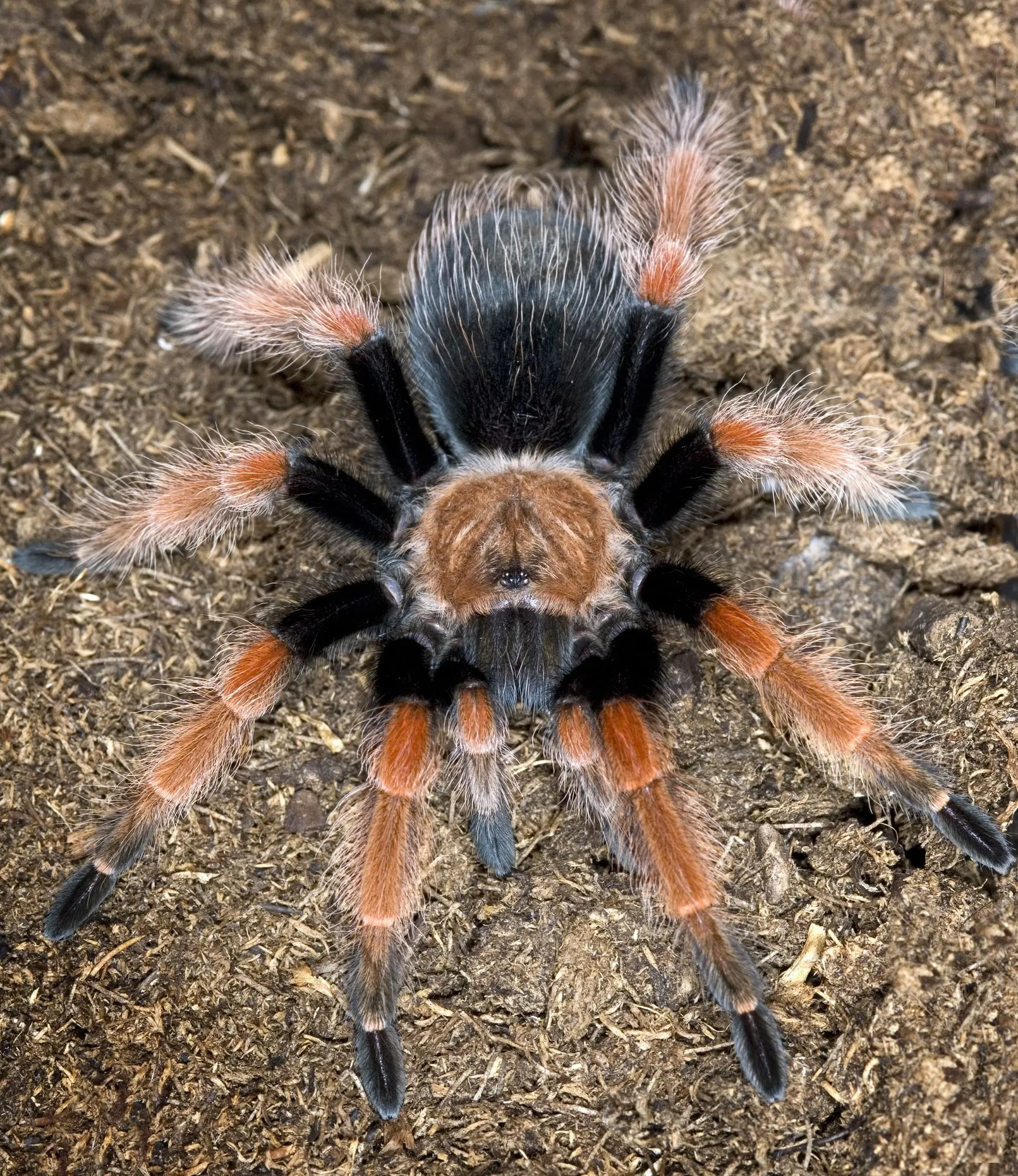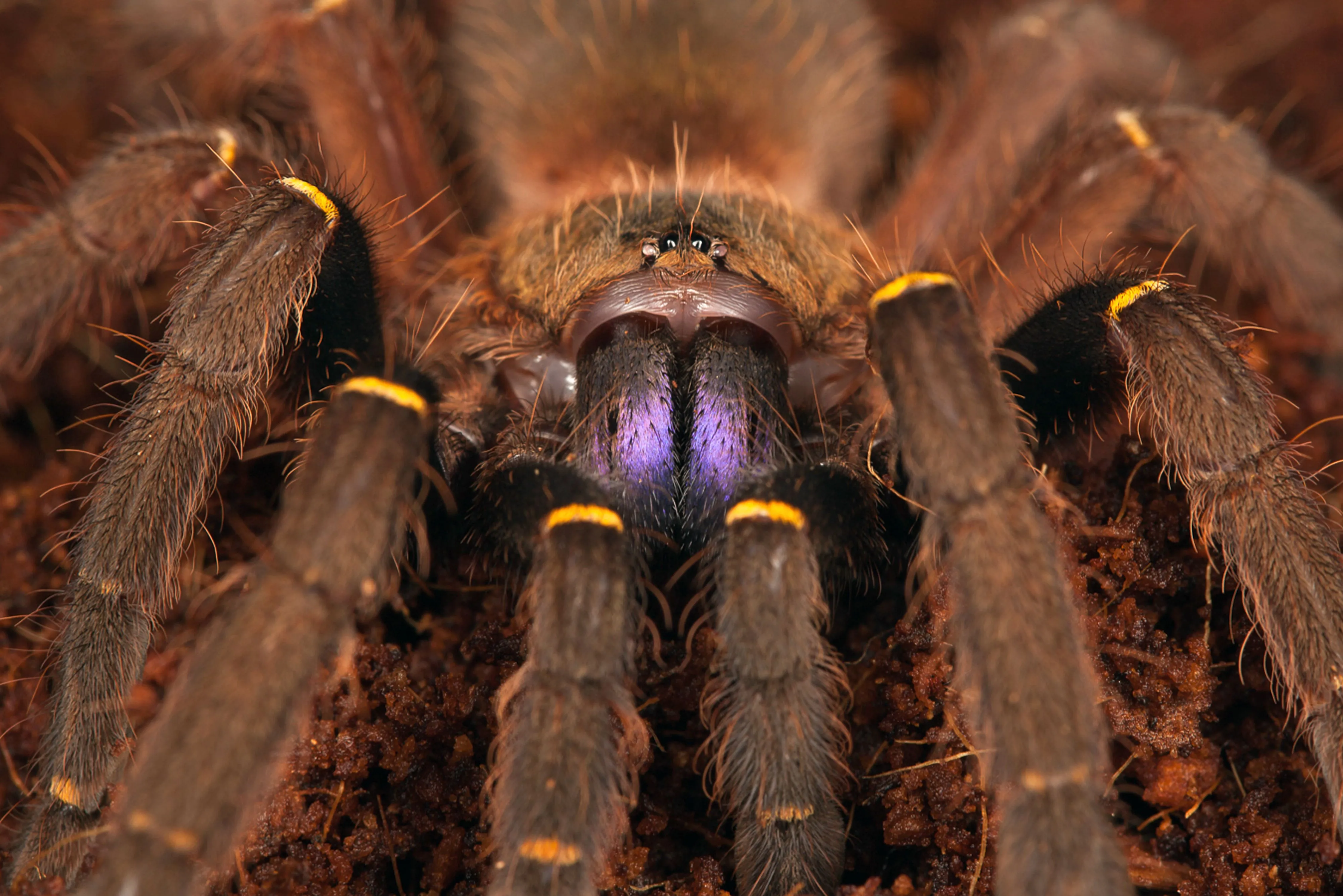Understanding Tarantulas The Basics
Tarantulas, with their impressive size and often intimidating appearance, are a captivating group of spiders that have fascinated humans for centuries. These arachnids belong to the Theraphosidae family, encompassing a vast array of species found across the globe, from the Americas to Africa, Asia, and Australia. Their unique characteristics, including their hairy bodies, prominent fangs, and diverse behaviors, make them a subject of both scientific study and popular interest. Understanding the basics of tarantulas, including their biology, habitats, and the crucial aspects of genus and species identification, is the first step in appreciating these remarkable creatures. This guide aims to provide a comprehensive overview of tarantulas, equipping you with the knowledge to identify and understand these fascinating arachnids.
What is a Tarantula
A tarantula is a large, hairy spider belonging to the Theraphosidae family. They are characterized by their size, with some species having leg spans exceeding 10 inches. Unlike many other spiders, tarantulas are known for their relatively docile nature, though they can certainly deliver a painful bite if provoked. They possess chelicerae, which are modified mouthparts containing fangs used for injecting venom. Tarantulas are primarily nocturnal hunters, feeding on insects, small vertebrates, and other invertebrates. Their bodies are divided into two main parts the cephalothorax (fused head and thorax) and the abdomen, and they have eight legs, two pedipalps (used for sensing and manipulating prey), and spinnerets for producing silk. Tarantulas also possess urticating hairs, which they can flick off their abdomen as a defense mechanism, causing irritation to potential predators.
Tarantula Habitats

Tarantulas are found in a wide variety of habitats, reflecting their adaptability and resilience. They can be found in tropical rainforests, deserts, grasslands, and even in urban environments. Their habitats are typically defined by their preferred shelter and food sources. Many tarantulas are terrestrial, living in burrows they dig themselves or in pre-existing crevices. Some species are arboreal, inhabiting trees and shrubs, while others are semi-arboreal, utilizing both ground and elevated structures. The specific environmental conditions, such as temperature and humidity, are crucial for their survival, as they are ectothermic and rely on external sources to regulate their body temperature. Understanding the habitat of a particular tarantula species is essential for both their conservation and for providing appropriate care in a captive setting.
How to Identify Tarantula Genus
The Importance of Genus
In the biological classification system, genus is a taxonomic rank that groups closely related species together. Identifying the genus of a tarantula is an essential step in determining its identity, as it provides a broader understanding of its characteristics, behaviors, and potential care requirements. The genus classification helps to narrow down the possibilities when identifying a tarantula, guiding researchers and enthusiasts toward more specific information. Knowing the genus allows you to access more relevant information regarding the tarantula’s natural history, preferred habitat, and any unique aspects of its life cycle. Correctly identifying the genus is critical for accurately researching and appreciating the tarantula, and also for providing appropriate care in a captive environment.
Key Characteristics of a Tarantula Genus

Identifying a tarantula genus involves examining a variety of physical traits, including body shape, the presence or absence of specific features like urticating hairs, and the arrangement of eye patterns. One of the most important features is the presence and type of urticating hairs, which tarantulas use as a defense mechanism. Some genera possess type I hairs, which are long and barbed, while others have type III hairs, which are shorter and more irritating. Other important characteristics include the structure of the pedipalps, which are the appendages near the mouth used for manipulating food and sensing the environment. Examining the shape and pattern of the eyes can also provide clues for identification, as the arrangement of the eyes can vary significantly between different genera. The overall size and coloration can also be helpful, but these traits are often less reliable than the structural features.
Common Tarantula Genus Examples
Several tarantula genera are well-known and popular among enthusiasts. Brachypelma is a genus famous for its vibrant colors, with species like the Mexican Red Knee (Brachypelma hamorii) being a common pet. Grammostola includes the Chilean Rose Hair tarantula (Grammostola rosea), known for its docile nature. Avicularia are arboreal tarantulas, often recognized by their vibrant colors and the ability to flick fecal matter as a defense. The genus Psalmopoeus is known for its fast movements and potent venom. Aphonopelma are found in North America and are generally terrestrial, with varying colors and behaviors. Each of these genera showcases unique traits, making identification both fascinating and challenging.
How to Identify Tarantula Species
Species-Specific Characteristics

Once the genus is determined, identifying the species requires a more detailed examination of specific characteristics. This often involves looking at features that are unique to each species within that genus. This could include the precise patterns of coloration on the carapace and legs, the shape and size of the spermathecae (in females), and the structure of the palpal bulbs (in males). Subtle differences in the arrangement of the urticating hairs or the presence of specific setae can also be critical. In some cases, microscopic examination may be required to identify the tiny details that differentiate one species from another. Species identification requires a good deal of knowledge, often aided by field guides, scientific publications, and experienced keepers.
Identifying by Size and Color
Although size and color can be helpful indicators, they should not be solely relied upon for accurate species identification. Size can vary depending on factors like age, feeding habits, and overall health. Color can also be misleading, as it may change due to molting, environmental conditions, or individual variation. However, these traits can assist the identification process when combined with other characteristics. For instance, knowing the maximum size range of a particular species within a genus can narrow down the possibilities. Comparing the coloration patterns to those described in reliable field guides can also offer supporting evidence. But remember, using multiple traits in conjunction is crucial to avoid misidentification.
Behavioral Traits for Identification
Observing behavioral traits can sometimes provide valuable insights, especially in cases where physical features are not definitive. The temperament of a tarantula, whether it is docile, skittish, or aggressive, can offer clues, although this is not always reliable. The type of burrow a tarantula constructs (or if it constructs one at all), the way it hunts, and its defensive behaviors, such as the use of urticating hairs or biting, can all provide insights. The specific time of activity, whether it is nocturnal, diurnal, or crepuscular, can also be useful. It is essential to gather these observations ethically and safely, always respecting the animal’s well-being and avoiding actions that could cause unnecessary stress or harm.
Common Tarantula Species Examples

Within the popular genera, there are many specific species. For example, within the Brachypelma genus, you’ll find the Mexican Red Knee (Brachypelma hamorii), the Mexican Redleg (Brachypelma emilia), each with its unique leg markings and temperament. The Grammostola genus features the Chilean Rose Hair (Grammostola rosea), one of the most common pet tarantulas, known for its docile nature and relatively long lifespan. In the Avicularia genus, the Pinktoe tarantulas (various species) stand out due to their arboreal lifestyle and pinkish feet. Understanding the nuances of each species requires detailed study and often comparisons to other members of the same genus.
Tools for Tarantula Identification
Online Databases and Resources
Numerous online databases and resources are invaluable for tarantula identification. Websites such as the World Spider Catalog and specialized arachnid databases provide detailed information about different species, including their classification, distribution, and physical characteristics. Online forums and communities dedicated to tarantula keeping can be helpful resources, where experienced keepers share their knowledge and experiences. Images and videos online showcase a wide variety of tarantula species, assisting in visual comparison. It is crucial to use credible sources to ensure the accuracy of the information provided and to verify information across multiple sources before arriving at a conclusion about species identification.
Expert Consultation

When faced with the challenge of identifying a tarantula, consultation with an expert can be highly beneficial. Arachnologists, experienced keepers, and specialists in invertebrate zoology possess the expertise to accurately identify species. They can provide guidance and insight, particularly in cases where identification is difficult. Experts may have access to more detailed information or be able to perform specialized analysis such as microscopic examination. Consulting an expert can provide peace of mind and avoid potential misidentification. If you encounter a tarantula and are unsure about its identity, seeking the knowledge of an expert is a wise course of action.
Final Thoughts on Tarantula Genus & Species
Identifying the genus and species of a tarantula can be a rewarding experience, opening up a deeper understanding of these fascinating creatures. It requires careful observation, attention to detail, and the use of reliable resources. By understanding the basics of tarantula classification and the key characteristics associated with different genera and species, one can gain a greater appreciation for their diversity and unique adaptations. Whether you are a hobbyist, researcher, or simply curious, the journey of tarantula identification can be both educational and inspiring. Remember to always prioritize the well-being of the tarantula and to handle it with respect and care.
